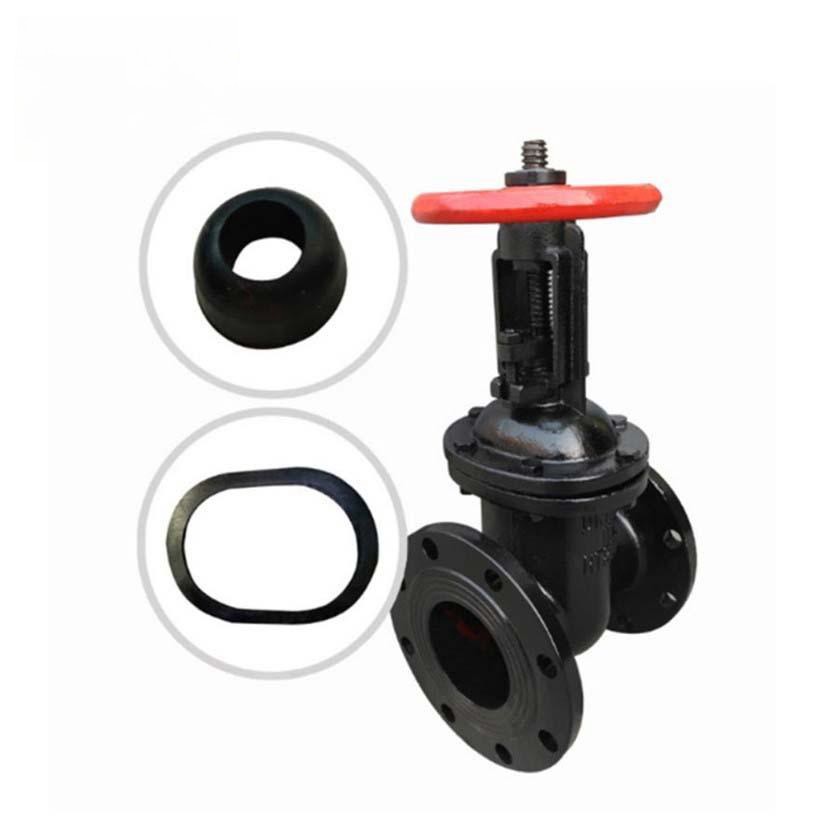Various Types of Hose Pipe Connectors and Their Applications Explained
Understanding Different Types of Hose Pipe Fittings
Hose pipe fittings are essential components in various applications, ranging from gardening to industrial operations. They serve as connectors between hoses and other equipment, ensuring a secure and leak-free connection. This article will explore the different types of hose pipe fittings, their uses, and benefits.
1. Barbed Fittings
Barbed fittings are among the most common types of hose pipe connections. They feature a series of ridges or barbs along the fitting that grips the inside of the hose. These fittings are widely used in low-pressure applications, such as water transfer in gardening or aquariums. To secure the connection, a hose clamp is typically employed. Barbed fittings are popular due to their ease of installation and low cost.
Threaded fittings come with male or female threads, which allow them to screw into other threaded components like valves or other pipes. They are commonly made from materials such as brass, stainless steel, or PVC. Threaded fittings are particularly useful in high-pressure situations and offer a more permanent solution compared to other types. They are widely used in plumbing applications as well as in oil and gas industries.
3. Push-to-Connect Fittings
different types of hose pipe fittings

Push-to-connect fittings have gained popularity due to their ease of use. As the name suggests, these fittings allow hoses to be connected simply by pushing them into the fitting. There is no need for tools, making installation quick and seamless. These fittings are often used in pneumatic systems and can accommodate various hose materials, including rubber and polyurethane. Their versatility and convenience make them ideal for industrial applications.
4. Quick Disconnect Fittings
Quick disconnect fittings are designed for frequent connections and disconnections. They feature a mechanism that allows users to connect or disconnect the hose with minimal effort. These fittings are widely used in applications where hoses need to be changed frequently, such as in pressure washing or automotive industries. The convenience they offer makes them popular among professionals and hobbyists alike.
5. Cam Lock Fittings
Cam lock fittings are utilized for transferring liquids and gases, primarily in industrial settings. They consist of a male and female component, which is secured using a cam mechanism. This design allows for easy and quick connections, making it ideal for applications in agriculture, construction, and chemical transport. Cam lock fittings are durable and resistant to various chemicals, providing a reliable option for heavy-duty applications.
Conclusion
Choosing the right hose pipe fitting is crucial for ensuring safety and efficiency in any operation involving fluid transfer. Each type of fitting serves specific needs and applications, from simple gardening tasks to complex industrial processes. Understanding the differences can help users make informed decisions, ensuring optimal performance and longevity of their systems. Whether you need a low-cost solution or a robust connection, there is a hose pipe fitting designed to meet your requirements.
-
The Key to Fluid Control: Exploring the Advantages of Ball Valves in Industrial SystemsNewsJul.09,2025
-
The Versatile World of 1, 2, and 3 Piece Ball ValvesNewsJul.09,2025
-
Stainless Steel Ball Valves: The Ideal Choice for Efficient Flow ControlNewsJul.09,2025
-
Optimizing Fluid Control with Ball Float ValvesNewsJul.09,2025
-
Manual Gate Valves: Essential for Control and EfficiencyNewsJul.09,2025
-
Everything You Need to Know About Butterfly ValvesNewsJul.09,2025
-
The Versatility of Wafer Type Butterfly ValvesNewsJul.08,2025




